
Head First Servlets and JSP. Passing the Sun Certified Web Component Developer Exam. 2nd Edition Bryan Basham, Kathy Sierra, Bert Bates
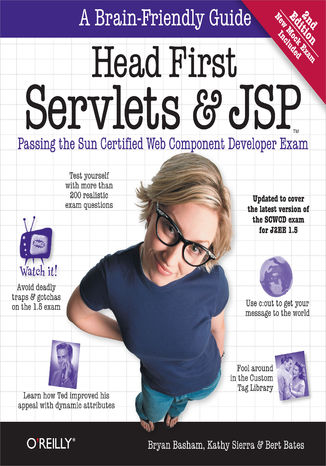



- Autorzy:
- Bryan Basham, Kathy Sierra, Bert Bates
- Wydawnictwo:
- O'Reilly Media
- Ocena:
- Stron:
- 914
- Dostępne formaty:
-
ePubMobi
Opis
książki
:
Head First Servlets and JSP. Passing the Sun Certified Web Component Developer Exam. 2nd Edition
Looking to study up for the new J2EE 1.5 Sun Certified Web Component Developer (SCWCD) exam?
This book will get you way up to speed on the technology you'll know it so well, in fact, that you can pass the brand new J2EE 1.5 exam. If that's what you want to do, that is. Maybe you don't care about the exam, but need to use servlets and JSPs in your next project. You're working on a deadline. You're over the legal limit for caffeine. You can't waste your time with a book that makes sense only AFTER you're an expert (or worse, one that puts you to sleep).
Learn how to write servlets and JSPs, what makes a web container tick (and what ticks it off), how to use JSP's Expression Language (EL for short), and how to write deployment descriptors for your web applications. Master the c:out tag, and get a handle on exactly what's changed since the older J2EE 1.4 exam. You don't just pass the new J2EE 1.5 SCWCD exam, you'll understand this stuff and put it to work immediately.
Head First Servlets and JSP doesn't just give you a bunch of facts to memorize; it drives knowledge straight into your brain. You'll interact with servlets and JSPs in ways that help you learn quickly and deeply. And when you're through with the book, you can take a brand-new mock exam, created specifically to simulate the real test-taking experience.
Wybrane bestsellery
Bryan Basham, Kathy Sierra, Bert Bates - pozostałe książki
O'Reilly Media - inne książki
Dzięki opcji "Druk na żądanie" do sprzedaży wracają tytuły Grupy Helion, które cieszyły sie dużym zainteresowaniem, a których nakład został wyprzedany.
Dla naszych Czytelników wydrukowaliśmy dodatkową pulę egzemplarzy w technice druku cyfrowego.
Co powinieneś wiedzieć o usłudze "Druk na żądanie":
- usługa obejmuje tylko widoczną poniżej listę tytułów, którą na bieżąco aktualizujemy;
- cena książki może być wyższa od początkowej ceny detalicznej, co jest spowodowane kosztami druku cyfrowego (wyższymi niż koszty tradycyjnego druku offsetowego). Obowiązująca cena jest zawsze podawana na stronie WWW książki;
- zawartość książki wraz z dodatkami (płyta CD, DVD) odpowiada jej pierwotnemu wydaniu i jest w pełni komplementarna;
- usługa nie obejmuje książek w kolorze.
Masz pytanie o konkretny tytuł? Napisz do nas: sklep@helion.pl
Książka drukowana



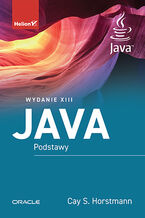

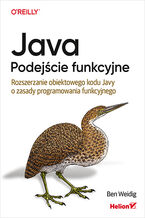
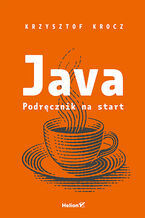
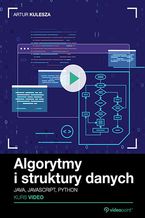
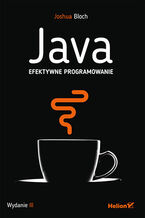
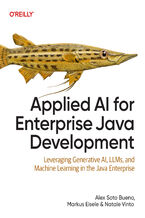

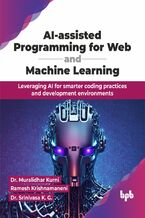


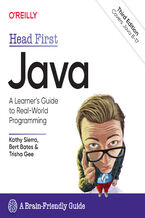

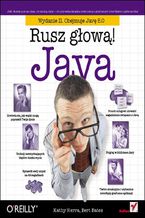

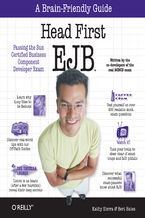
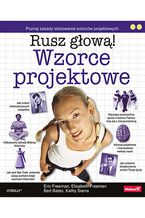





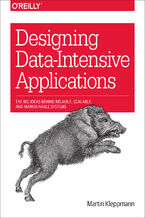
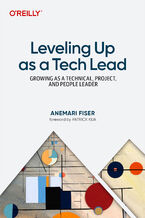
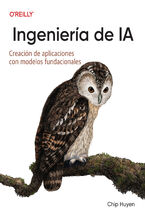
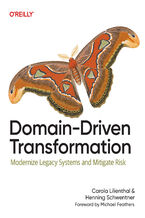

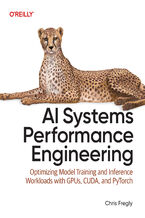
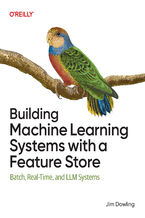
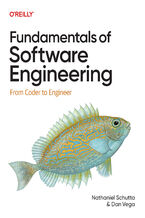
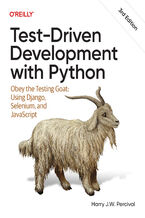
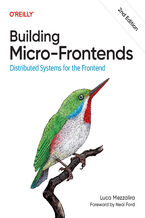



Oceny i opinie klientów: Head First Servlets and JSP. Passing the Sun Certified Web Component Developer Exam. 2nd Edition Bryan Basham, Kathy Sierra, Bert Bates
(0)